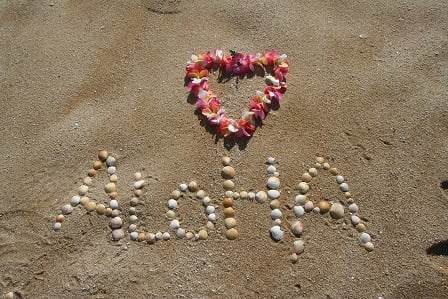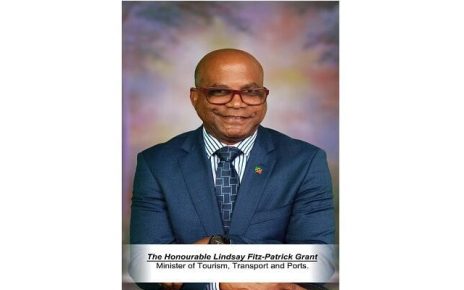It has been quite a year for Hawaii tourism, with the Hawaii Tourism Authority and Hawaii Visitors Convention Bureau hanging in the balance.
Today, it was announced by John Monahan, President and Chief Executive Officer of the Hawaii Visitors and Convention Bureau (HVCB), that the Hawaii Tourism Authority (HTA) awarded the US Brand Management and Marketing contract to HVCB.
The contract awards the Hawaii Visitors and Convention Bureau with US$38,350,000 for an initial 2.5-year term with an option for one 2-year extension. The contract is set to begin on June 22, 2023, and allows the HVCB to continue to work on the Hawaii Tourism Authority’s behalf.
This contract addresses brand management and marketing services in the United States, Hawaii’s largest visitor source market. It calls for a pre-arrival communications program to educate visitors with specific information about safe, respectful, and mindful travel. In 2022, visitors from the United States spent US$16.2 billion in Hawaii, an average of US$231 per visitor, per day.
The Hawaii State Legislature made a huge statement this year when in its new State Government bill (HB300), it had had zero funding budgeted for the Hawaii Tourism Authority.
There were also 2 other bills (HB1375 and SB1522) that restructure HTA by dismantling the agency and sending some of its work to the State Department of Business, Economic Development and Tourism (DBET).
The new budget also included work in the amount of US$64 million to fix the leaking roof of the Hawaii Convention Center.
The Hawaii State Senate and House deferred a bill that could have repealed the Hawaii Tourism Authority and instead establish an Office of Tourism and Destination Management with the state’s Department of Business, Economic Development and Tourism. This deferral could potentially leave HTA and the Hawaii Convention Center with funding for this year.
The Hawaii Visitors and Convention Bureau is a private non-profit organization with 1,300 members in the areas that include accommodations, services, cuisine, tours, retail therapy, and cultural education. The Bureau’s aim is to develop a regenerative tourism model that balances the desires of the Hawaii community, economic goals, cultural values, preservation of natural resources, and needs of the visitor industry.
Register free for IMEX Frankfurt May 23-25 AND click here to schedule your FREE Photo / Video Interview with eTurboNews during IMEX




